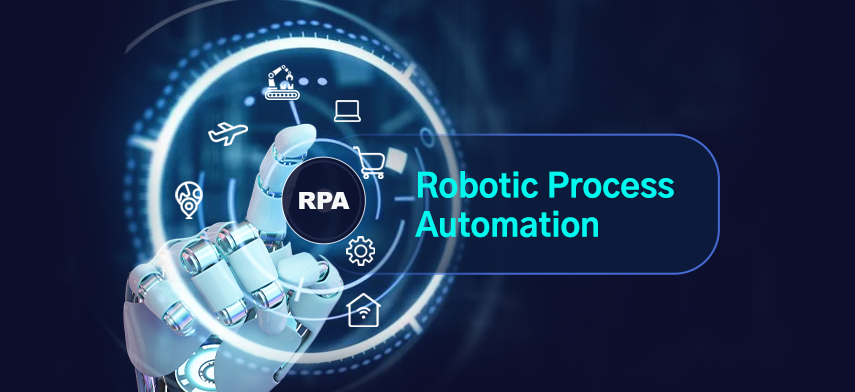Introduction: The introduction of Robotic Process Automation (RPA) into the quickly changing automation landscape has raised both expectations and concerns. Even though RPA promises to boost productivity and efficiency across a range of industries, there is a growing concern that it may endanger millions of jobs globally. Comprehending the consequences, obstacles, and possible remedies is essential as we maneuver through this revolutionary period.
The Rise of Robotics Process Automation:
Robotics Process Automation involves the deployment of software robots to automate repetitive tasks traditionally performed by humans. These robots can mimic human actions within digital systems, executing tasks with speed and precision. From data entry to customer service, RPA has found applications across diverse sectors, streamlining operations and reducing costs.
The Threat to Employment:
However, the widespread adoption of RPA raises valid concerns about its impact on the workforce. As machines take over routine tasks, there’s a legitimate fear that millions of jobs could be at risk globally. Industries heavily reliant on manual labor, such as manufacturing, administrative support, and even certain aspects of the service sector, face the prospect of significant job displacement.
Outcomes of RPA Implementation:
The implementation of RPA yields both positive and negative outcomes. On one hand, organizations benefit from increased efficiency, reduced error rates, and enhanced scalability. This translates to cost savings and improved competitiveness. On the other hand, displaced workers may struggle to find alternative employment, leading to economic dislocation and social unrest in affected communities.
Challenges Ahead:
Addressing the challenges posed by RPA requires a multi-faceted approach. One significant hurdle is the need for upskilling and reskilling initiatives to equip workers with the skills needed for the jobs of the future. Additionally, there’s a pressing need for policies and regulations that promote responsible automation, ensuring that the benefits of RPA are equitably distributed across society.
Solutions for Mitigating Job Displacement:
To mitigate the adverse effects of job displacement, governments, businesses, and educational institutions must collaborate on comprehensive solutions. This includes investing in education and training programs focused on emerging technologies, fostering entrepreneurship and innovation, and implementing social safety nets to support displaced workers during transition periods.
The Way Forward:
As we navigate the impact of Robotics Process Automation on employment, it’s essential to adopt a proactive stance. Embracing automation as a tool for augmenting human capabilities rather than replacing them is key. This entails reimagining job roles to leverage the strengths of both humans and machines, fostering a culture of continuous learning and adaptation, and prioritizing the well-being of workers in the face of technological disruption.
In conclusion, while Robotics Process Automation presents significant opportunities for increased efficiency and productivity, its widespread adoption poses challenges to global employment. By embracing innovation while prioritizing the needs of workers, we can navigate this transformative era with resilience and ensure that the benefits of automation are shared by all members of society.
1. What is Robotics Process Automation (RPA)?
Short Answer: RPA involves using software robots to automate repetitive tasks traditionally performed by humans within digital systems.
2. How does RPA threaten jobs globally?
Short Answer: RPA threatens jobs by automating routine tasks, potentially displacing millions of workers in industries heavily reliant on manual labor.
3. What are the outcomes of implementing RPA?
Short Answer: Implementing RPA can lead to increased efficiency, reduced error rates, and enhanced scalability for organizations, but it may also result in job displacement for workers.
4. What challenges does RPA implementation pose?
Short Answer: Challenges include the need for upskilling and reskilling of workers, ensuring equitable distribution of benefits, and addressing potential economic dislocation in affected communities.
5. How can we mitigate the impact of RPA on employment?
Short Answer: Mitigation strategies include investing in education and training programs focused on emerging technologies, fostering entrepreneurship and innovation, and implementing social safety nets to support displaced workers during transition periods.


